Full Guide To Hematite vs. Obsidian (This Is The Difference)

Both hematite and obsidian are loved for their protective and grounding abilities As these stones can look relatively similar, they are often confused. However, they are actually relatively simple to distinguish by looking at the stone:
Hematite is most often a shiny grey color, whereas obsidian is likely to be an inky black color. Other varieties and colors are available. Both hematite and obsidian are opaque, but obsidian might be translucent around the edges. Obsidian is also likely to have sharp edges in its raw form. They also have different metaphysical properties.
Below you’ll find more information on the (meta)physical differences between these stones, as well as how you can determine which stone you have.
Want more help or information? If you have any more questions after reading this blog post or want a personal answer for your specific situation, join the free Facebook group! We promise you’ll get an answer from either our team members or a community member.
Hematite vs. Obsidian – How To Tell The Difference?
In order to understand the difference between these two stones, we can look at the color, shape, pattern, and clarity, and more. Below we’ll describe all these aspects in detail.
Color
Hematite offers an array of colors from black and grey, to silver and reddish-brown. Hematite is also the mineral element responsible for reddish tints on many other minerals.
Obsidian also has a variety of colors. It is available in green, brown, black, and tan. However, black obsidian is the most common variety. The presence of hematite trace elements within an obsidian stone forms the red and brown varieties. Black and brown colors are occasionally swirled in one stone resulting in the mahogany type of obsidian.


Structure and Clarity
Hematite stones are opaque and have brittle tenacity. The stone has an uneven fracture and no cleavage. On a visual aspect, hematite may vary in luster. Some stones are metallic, earthy, or dull in appearance. Hematite also has reddish streaks throughout the stone.
Obsidian is also completely opaque perhaps with some edges that are translucent. As it is a form of glass, it is often very shiny. Additionally, the stone often breaks off in chunks, leaving sharp edges. Obsidian stones are uniform in texture, have a conchoidal fracture, and have a vitreous luster.
Shapes and Forms
Hematite is available in different forms and shapes. These include:
- Clusters: hematite clusters are large solid pieces mainly found in Brazil and Arizona
- Points: these are hematite pieces that are pointed on one edge. Hematite points are great in dispelling and absorbing negative energies.
- Raw: these are uncut and unpolished pieces of hematite. Raw hematite is great for crafting and can be used to gain the courage to face life.
- Slab: a unique variety of hematite that contains mica inclusions in its formation. Hematite slabs have a higher vibration than regular hematite. This attribute makes them best for connecting to higher frequencies and inner talents.
Obsidian also comes in different shapes and forms.
- Raw: Uncut obsidian is not as shiny as tumbled stones, and often has sharp edges.
- Tumbled stones: these are round polished pieces of obsidian. This type is a great communication tool to spiritual realms.
- Spheres: these are great for psychic connection. Obsidian spheres are used for scrying to see what the universe has in store for you.


Hardness
Hematite rates 5.5- 6.5 while obsidian rates 5- 6 on the Mohs scale.
If you’re unfamiliar, the Mohs scale of hardness determines a stone’s hardness by measuring how scratch-resistant it is. According to this scale, a stone can scratch any other mineral with a lower score. For reference, talc is a 1, whereas diamond is a 10.
A stone needs to rate at least a 6-7 in order to withstand water, salt, and sun. Because these stones are relatively soft, they are not recommended for daily wear.
Chemical Composition
Hematite is made up of iron oxide crystals and small amounts of titanium. Hematite is commonly found in soil and rocks as a secondary mineral from iron ores. The geological occurrence of hematite is metamorphic, sedimentary, or igneous rock types. Non- crystalline hematite can also form when limonite loses water due to heat.
- Also Read: Can Obsidian Go In Sun?
Obsidian is an amorphous mineral that forms when a molten rock material cools so quickly that the atoms are unable to arrange themselves into a crystalline structure. The mineral mainly forms above the surface of the earth. Obsidian is rich in silica, and may also contain magnesium and iron oxides and a little water.


Location
Hematite is mainly found in iron mining regions. Large deposits of this mineral are found in Quebec (Canada), Brazil, and Switzerland. The best quality hematite is found in Germany and England.
Obsidian is not a rare mineral. This mineral is found in various parts of the world. Obsidian deposits can be found in Mexico, Greece, Canada, and South American states.
- Also Read: Can Obsidian Go In Salt?
Care
Hematite does not do so well with water because it contains iron oxide in its chemical composition. Exposure to water causes rust on the stone. So, instead of using water to clean your hematite, use a soft cloth instead.
To energetically cleanse and recharge your hematite, place it among rock crystals or in the sun/moonlight. The stone can be left to charge in the sunlight for a few hours, but drastic temperature changes are to be avoided. Too much exposure to sunlight fades the stone. Lunar energies from the moon fill the hematite stone with positive energies.
Obsidian also requires care and cleansing to fully benefit from working with this stone. Obsidians are wrapped in a soft cloth and kept away from direct sunlight to prevent fading. Obsidian stones can be cleaned by the same methods as hematite, but can also withstand a rinse.
- Also Read: Can Hematite Go In Water?
- Also Read: Can Obsidian Go In Water?
Hematite vs. Obsidian – (Metaphysical) Properties
Beware that crystals are never a replacement for professional medical help. If you have any issues, see a doctor first.
Both stones have great healing capabilities, both spiritual and physical. Hematite is a grounding and protective stone. Some of its healing properties are absorbing negativity, treating addictions, regulating blood flow, and helping treat blood-related conditions like anemia and high blood pressure.
Some of the stone’s metaphysical properties include balancing the body’s energies and eliminating negative thoughts. Hematite was used by the Greeks as a talisman for excessive blood flow because of its high iron content.
Obsidian is also powerful in healing. Some of its physical healing properties are helping with circulation, deep tissue healing, and digestion-related issues.
Spiritually the stone is used as a truth-seeking stone and is also believed to give the bearer courage to face the situation they are in. Obsidian will keep negative energies away from you.
Ruling planets
When we talk about ruling planets, we mean that a certain planet (or celestial body, like the moon) has more influence over a zodiac sign or crystal. In this case, hematite is ruled over by Saturn. This planet is the lord of karma and maturity. Obsidian, on the other hand, is co-ruled by Saturn and Pluto. Pluto is the planet associated with new approaches and rebirth.
Birthstone and Zodiac Association
Neither hematite nor obsidian are birthstones for the zodiac signs. However, as mentioned, hematite is ruled by Saturn, which also rules Aquarius and Capricorn. People under the Aquarius zodiac sign are creative and independent thinkers. However, they are prone to overthinking and often feeling misunderstood. Hematite comes to the rescue by giving them strength. On the other hand, Capricorns are extremely hard-working perhaps to the point of overworking themselves. Hematite will helps as a stress reliever.
Obsidian is used as a protective stone, especially for Aquarius and Capricorn, as they are ruled by the same planet. Aquarius generally has enhanced spiritual ability, and obsidian helps them to protect their energy from other people’s.
Additionally, Pluto also rules Scorpio. Scorpios are generally passionate and intense. Obsidian helps to ground and protect the energies of the sign.
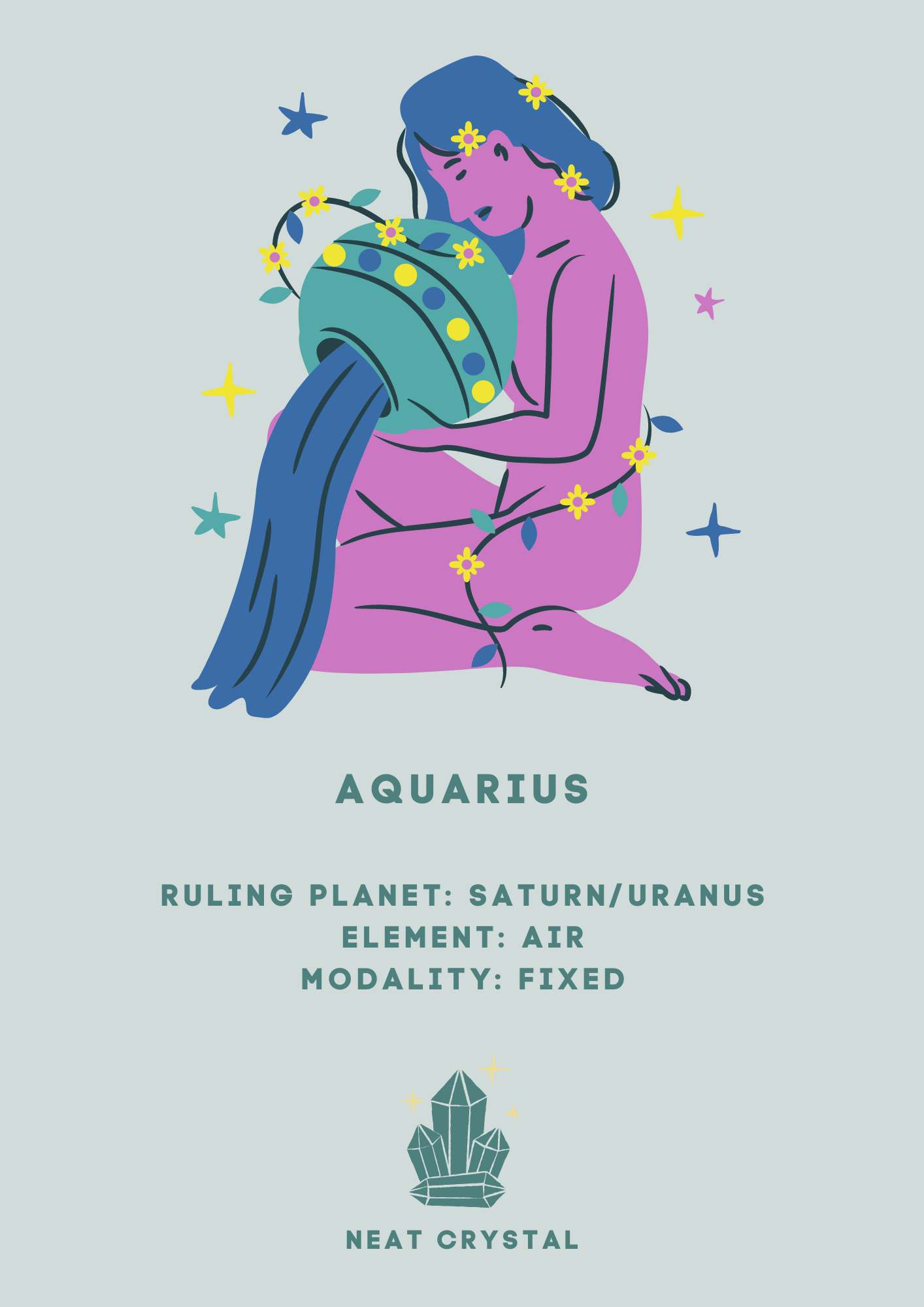


Elements
Hematite draws energy from the earth and water element while obsidian utilizes energies from the earth and fire. Earth is the source of life and. Crystals connected to mother earth will bring prosperity, rebirth, and ground energies.
The fire element signifies strength and transformation. Crystals of the fire element will be influential in healing and protection. The stones can also be used for purification and rekindling your creative spark.
The water element is the basis of life and the force behind our emotions. Water has immense healing and divination properties.



Numerical vibration
Hematite vibrates at 9 while obsidian vibrates at 1. The numerical vibrations of obsidian stones will vary by the variety. Number 9 in numerology represents karma and eternity. The frequency is also great to manifest knowledge and compassion.
Number 1 in numerology signifies rebirth and new beginnings. People who resonate with this number are idealists and solution givers.
Chakra Association
Both stones are connected to the earth’s energy therefore linked to the root chakra. The root chakra is the basis of the chakra system. Imbalances in this chakra lead to instability in all chakras, so it is vital that we take good care of this chakra. The stones will help you stay grounded and protect your energy fields. Obsidian stones also clear blockages in the solar plexus chakra.
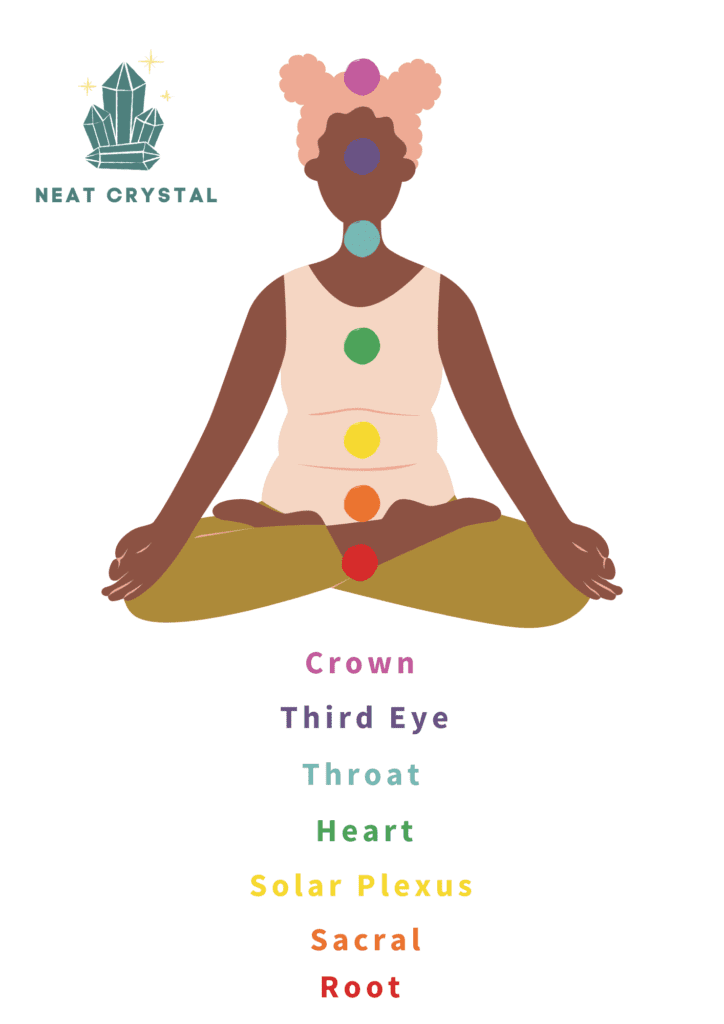
- Also Read: What Chakra Is Obsidian?
Uses
Wearing
Both stones are versatile in their uses. Hematite and obsidian jewelry can be worn to get the full benefits of the stones. Wearing crystal jewelry is the best way to stay connected and retain your energetic security.
- Also Read: The Complete Guide To Wearing Obsidian
At Home
Crystals will boost everyone’s energy levels. Both hematite and obsidian are earth stones hence the best for grounding and stability. Having these stones in strategic areas of the home will keep negative and low vibrational energies away.
In Feng, Shui hematite activates the knowledge area (Gen). This is the area in your home that represents our mental pursuits and desires.
Hematite is also useful in the health area (Tai Qi). The health area represents the overall well-being of everyone in the family. Hematite will be used as a reminder for self-care.
You may also find hematite stones in the Kan (career area). This is the area that concerns your career trajectory. Hematite will keep off negative energies that may be limiting your growth career-wise
Finally, both stones are a great addition to your meditation collection. Hematite and obsidian placed on your meditation altar will keep you off negativity and destructive thoughts.
Work
The stones will offer protection and bring optimism to your workplace. Both stones will encourage confidence in what you do.
Best Combinations
Hematite, clear quartz and/or black tourmaline.
The combination is best to dispel negative energies and offer stability and grounding.
Hematite and aquamarine
The pair will act as communication to our guardian angels and protects our auric bodies.
Obsidian and black tourmaline, labradorite, and/or onyx
The combination is good for activating the third eye chakra.
Obsidian and Aventurine
The combination is reliable when you need to feel supported during trying times.
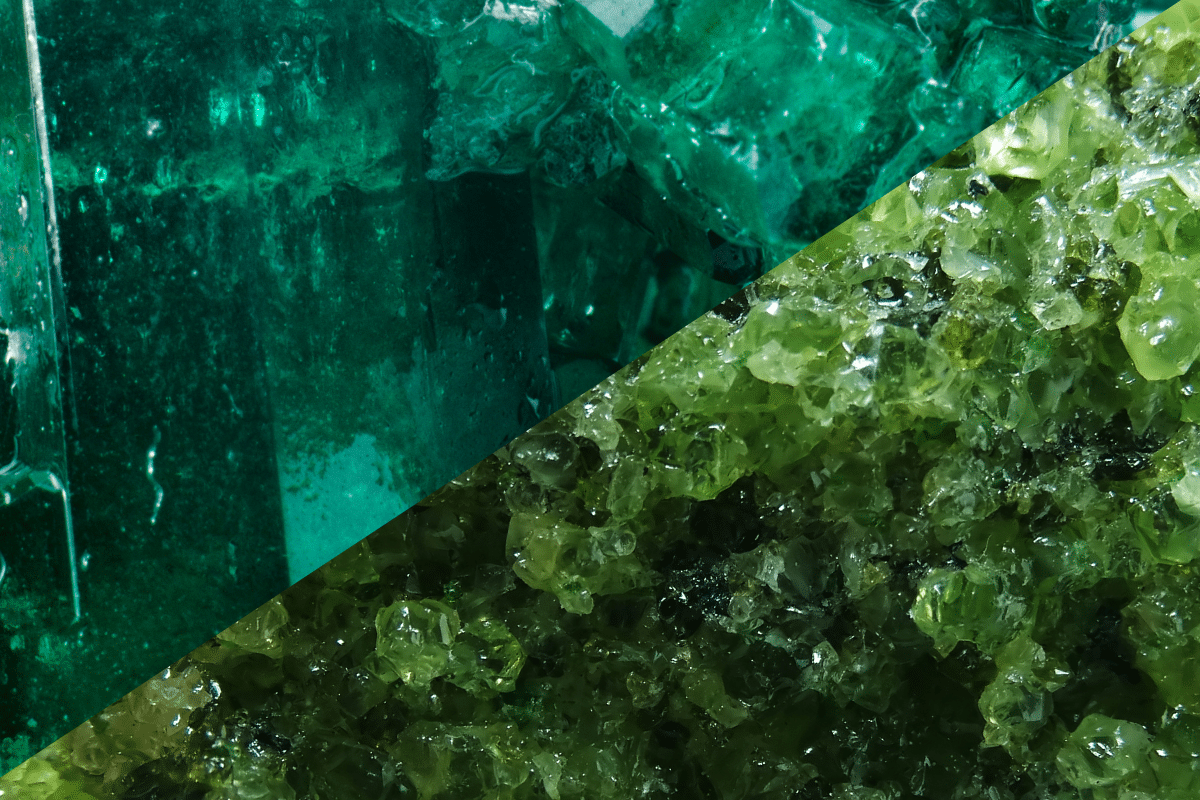
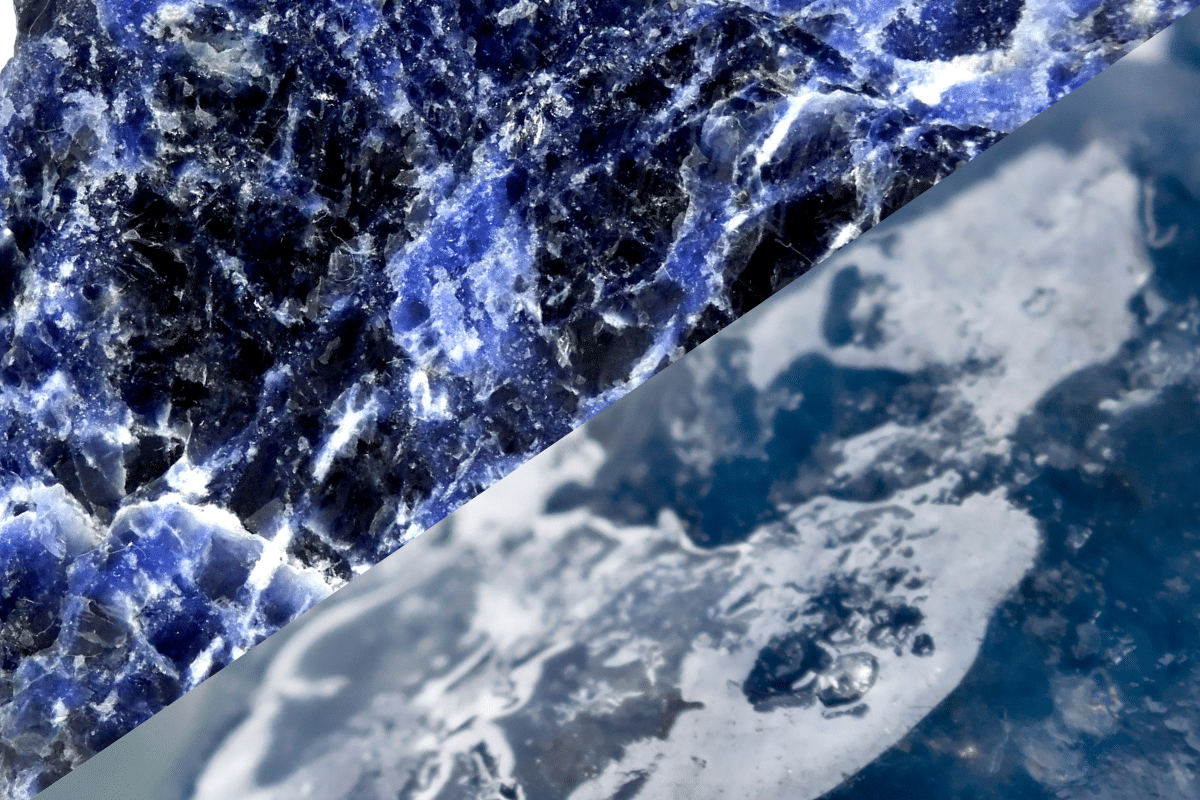
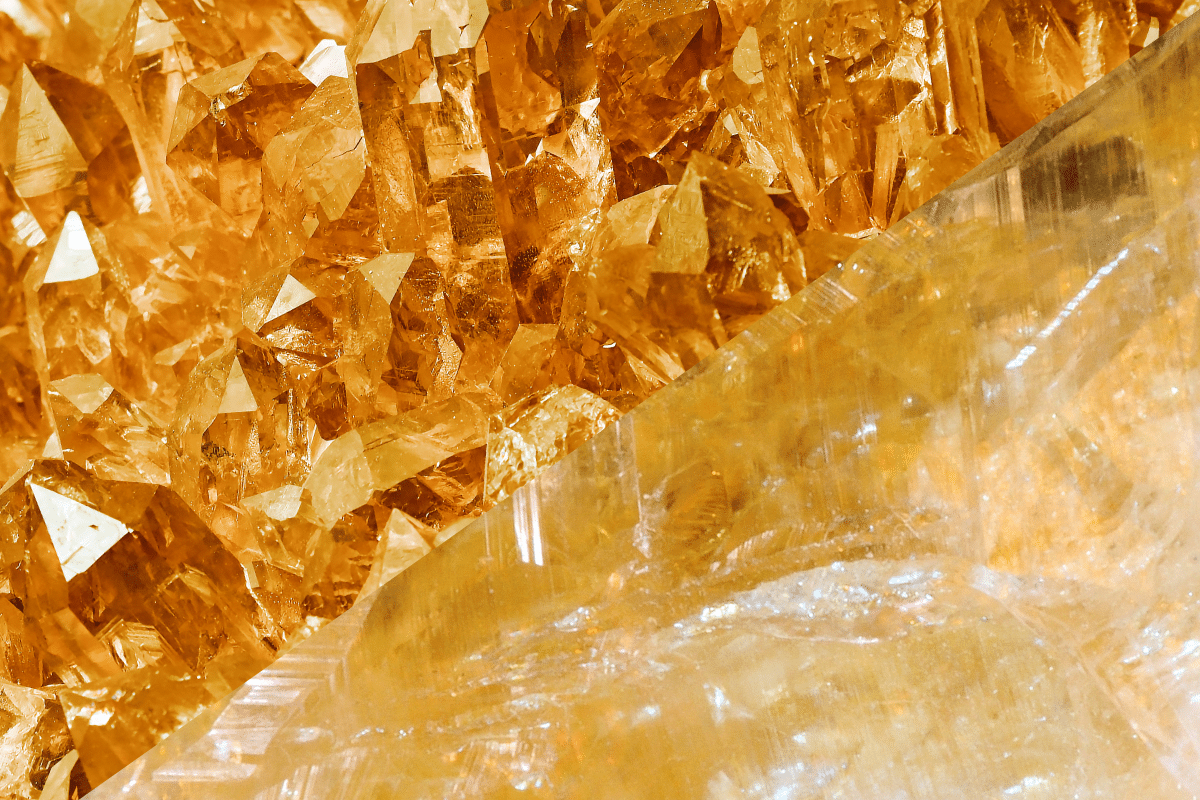

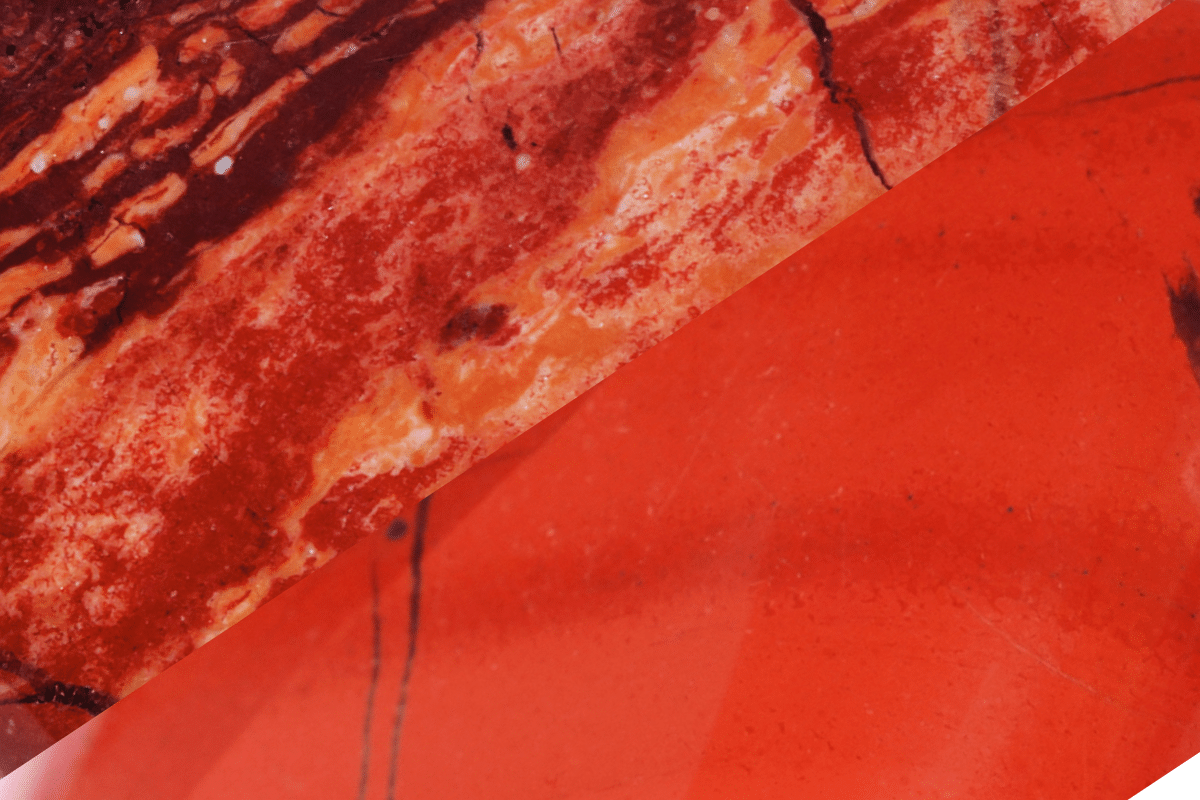
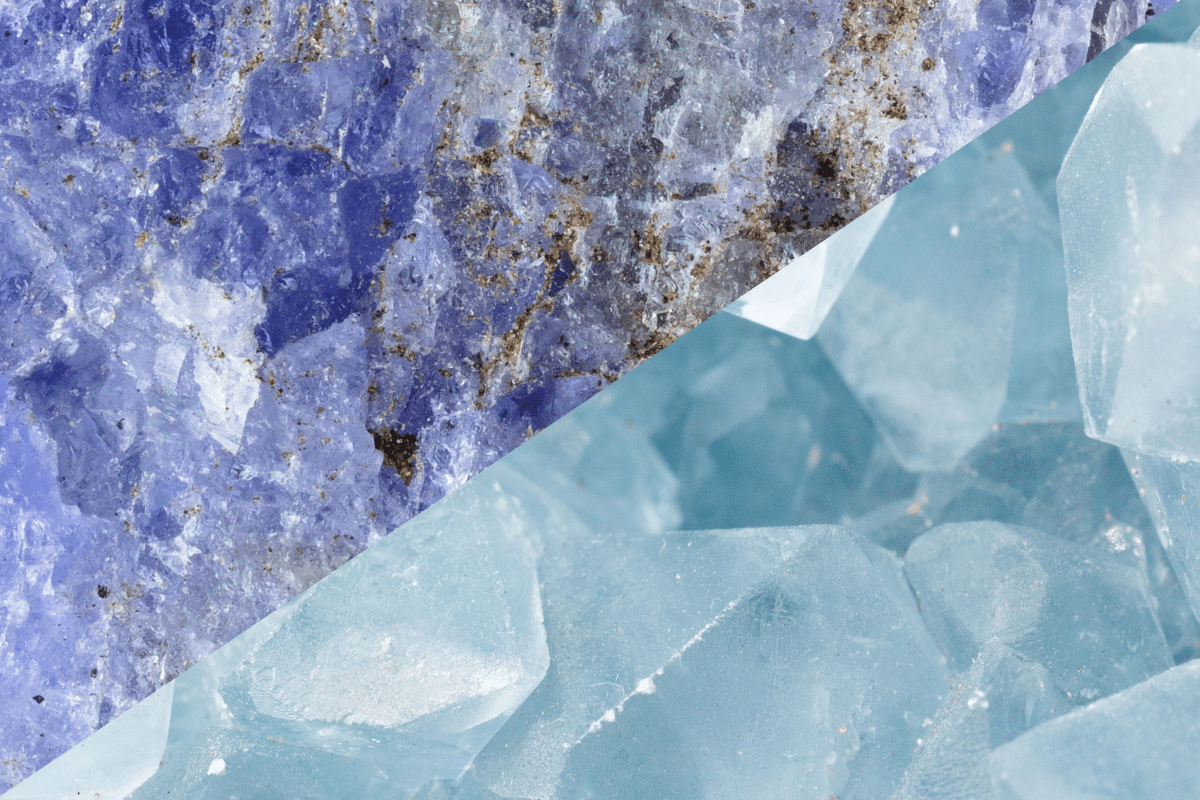

12 Comments